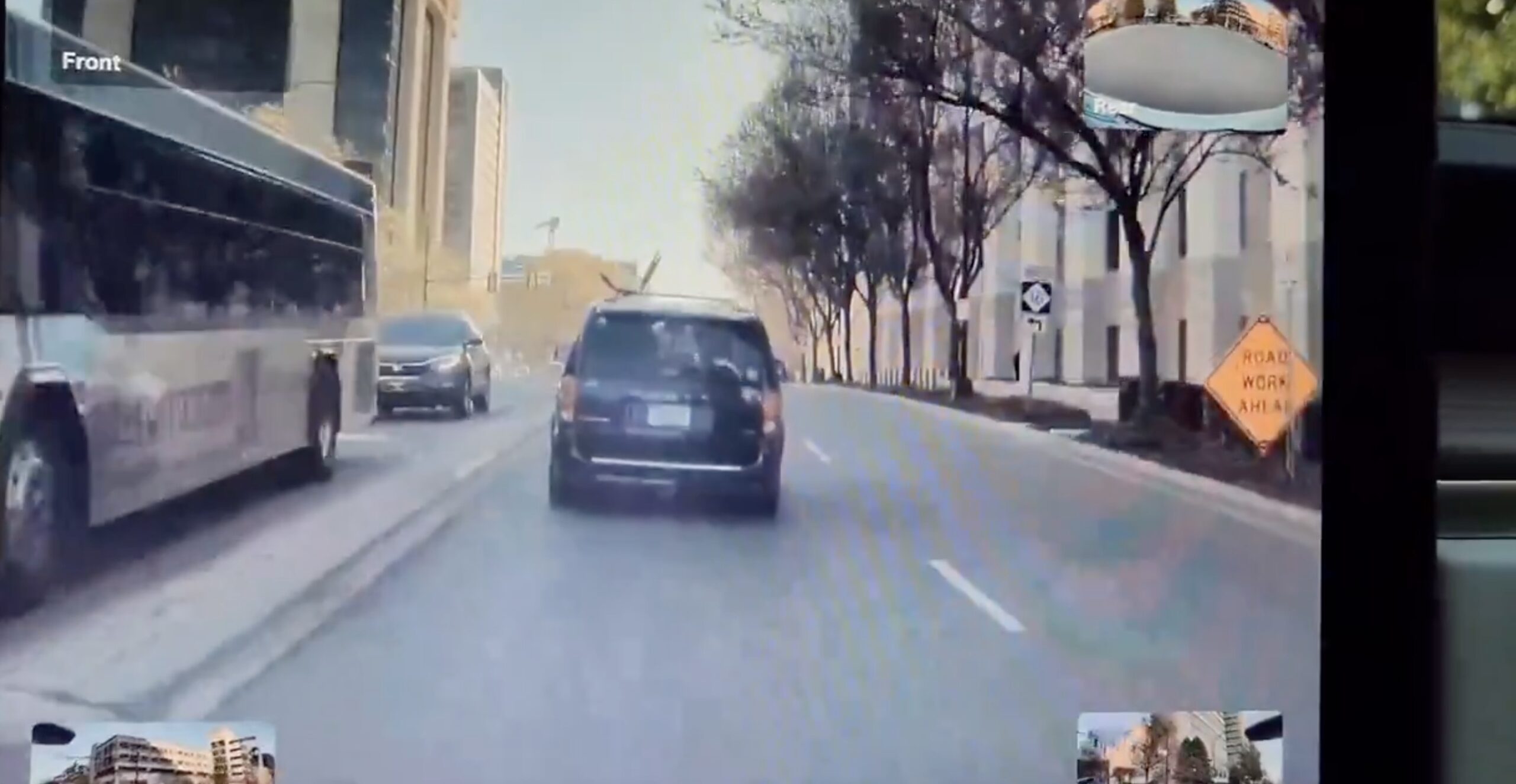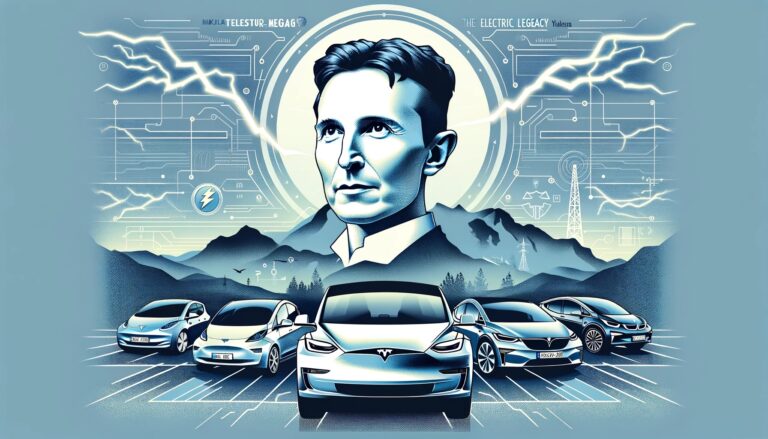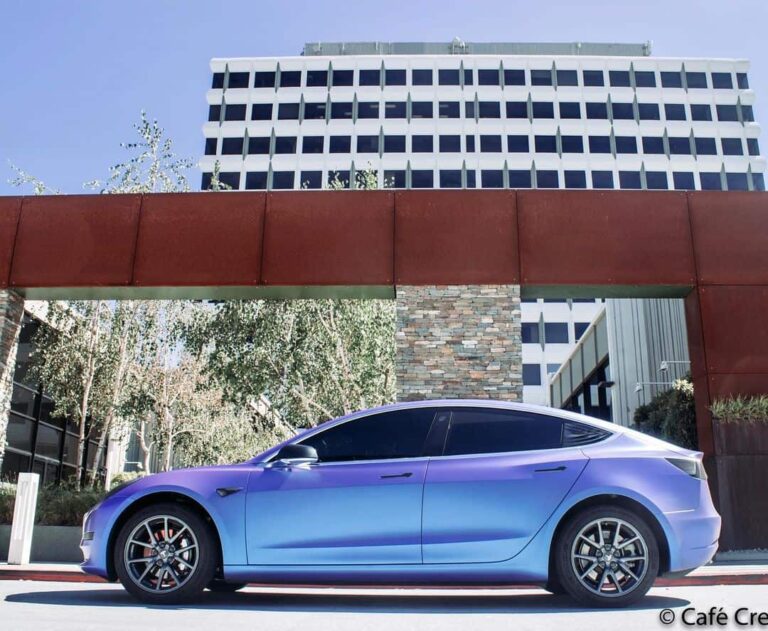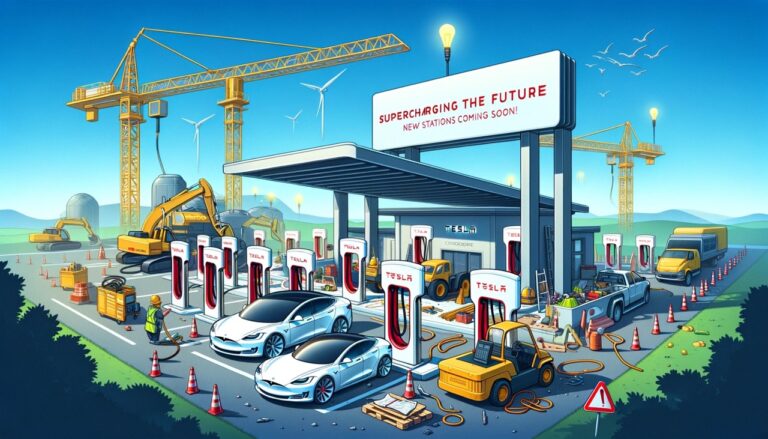How does Tesla’s autonomous car plan to change the world?
The imminent arrival of Tesla’s Robotaxis promises to radically transform our approaches to mobility and transport economics. Elon Musk and his company Tesla have always been at the forefront of innovation in automotive technology, and their autonomous Robotaxis project might just be their most disruptive achievement yet.
A revolutionary economic model
Tesla plans to initially produce 100,000 Robotaxis, which is projected to generate a profit equivalent to the delivery of 500,000 Model 3 or Y vehicles. The efficiency of this business model is supported by an optimized and accelerated production process, allowing a rapid scale-up that far exceeds that of traditional automotive manufacturing methods.
Extrapolating these numbers, production reaching 500,000 Robotaxis could mean profit and investor value comparable to that of 2.5 million Model Y or 3 vehicles sold in a year. This is a five-fold acceleration of Tesla’s mission to transition to sustainable transportation, highlighting not only the potential financial impact for Tesla but also the step-change it could represent for the overall market.
Impacts on urban mobility and sustainability
Tesla’s Robotaxis promises to profoundly change the way we think about personal and public transportation. By providing an alternative to personal vehicles and traditional public transportation systems, Robotaxis could reduce urban congestion, reduce greenhouse gas emissions and make transportation more accessible and less expensive for more people.
This autonomous Robotaxi model would also contribute to a significant reduction in dependence on personal cars, promoting more rational use of vehicles and a reduction in the overall ecological footprint. With a fleet of shared, autonomous electric vehicles, cities could envision a future where urban space is less dominated by cars and the air is notably cleaner.
Challenges and ethical considerations
However, the massive deployment of Robotaxis also raises significant regulatory and ethical challenges. The issue of safety of autonomous systems remains paramount, with the need to develop strict standards and regulations to ensure the protection of users and pedestrians. Additionally, the impact on employment in the transport sector, particularly for taxi and truck drivers, requires careful consideration and adaptation strategies.
Conclusion
Tesla is poised to not only accelerate its own mission but also redefine the very foundations of modern transportation. Tesla’s Robotaxis are not just a promise of profit for investors; they symbolize the pivot towards an era of intelligent, sustainable and accessible mobility. The world is on the cusp of a transportation revolution, and Tesla is undeniably paving the way for this bold future.






